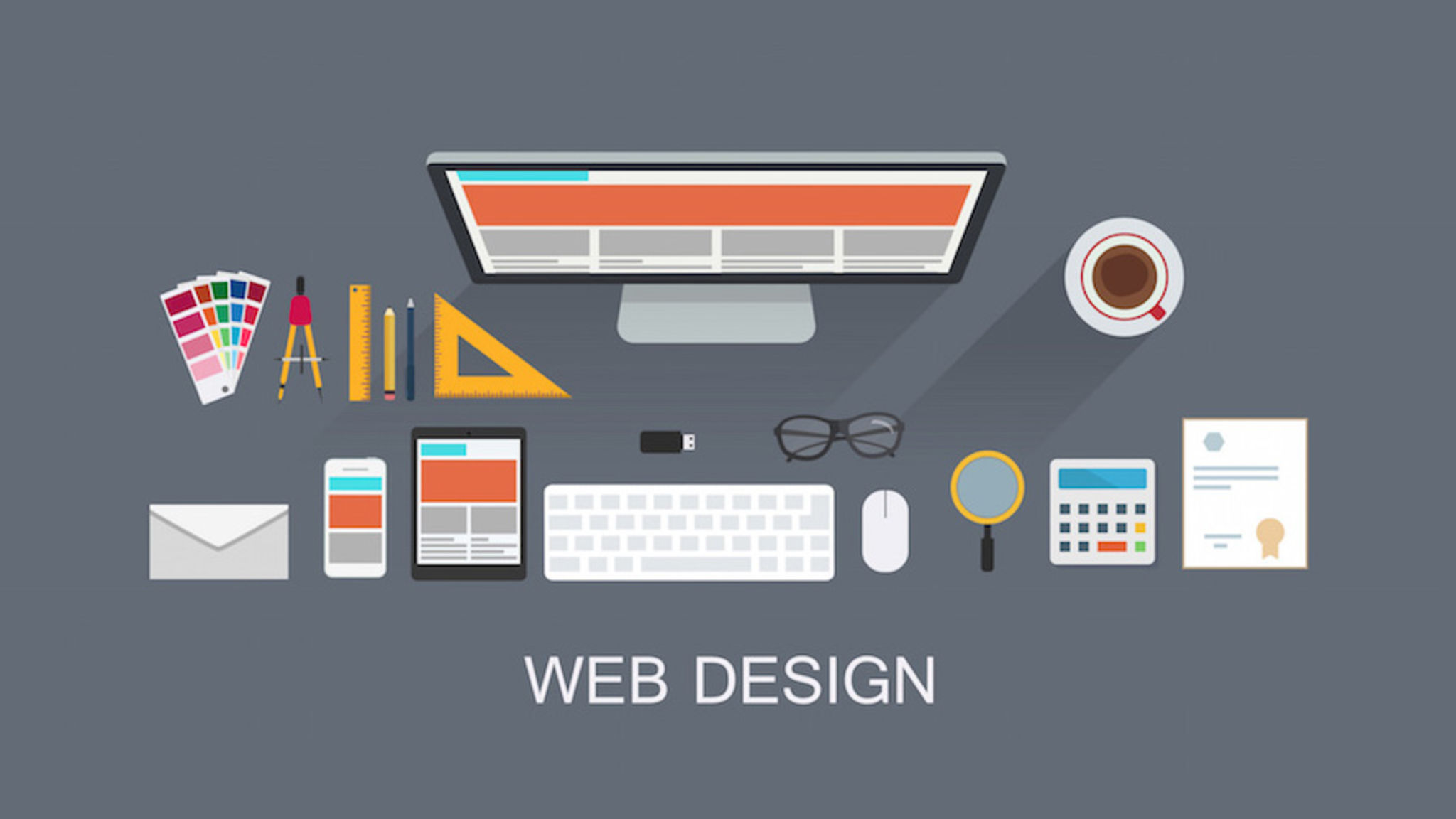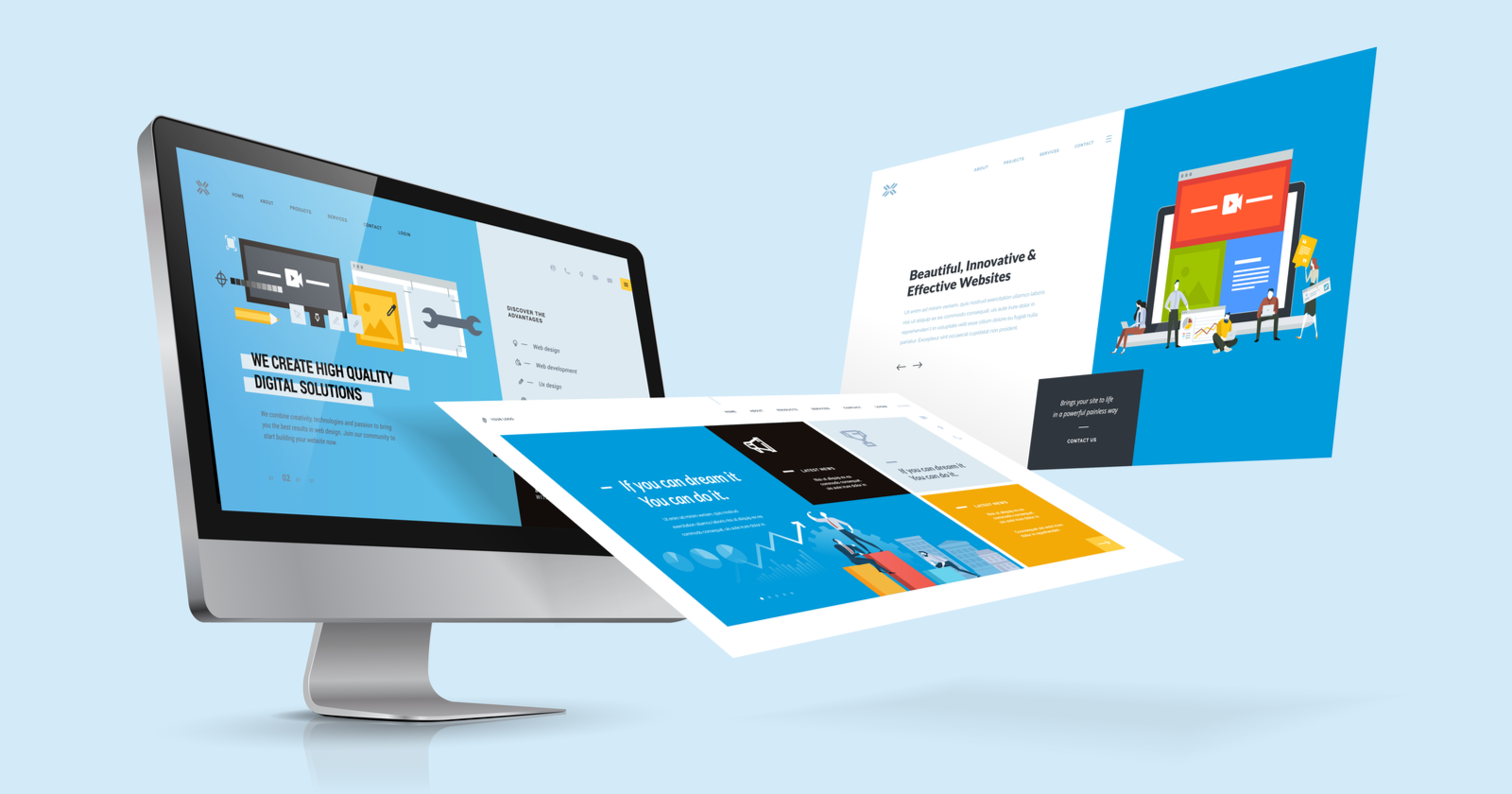All Categories
Featured
Table of Contents
- – Learn Responsive Design - Web.dev Tips and Tri...
- – Minneapolis Web Design - 100+ Five Star Revie...
- – Modern Website Designs - Best Web Page Design...
- – Mrw Web Design - Wordpress Websites For Nonpr...
- – Web Design - Uci Division Of Continuing Educa...
- – Learn Web Design With Online Courses, Classes...
- – Web Design And Engineering Major - Santa Cla...
- – Web Design And Engineering Major - Santa Cla...
- – Modern Website Designs - Best Web Page Desig...
- – Webpage Design (Article) - Further Learning ...
- – Redtree Web Design - Pittsburgh Tips and Tri...
Learn Responsive Design - Web.dev Tips and Tricks:
Quick summary Functionality and the utility, not the visual design, determine the success or failure of a website. Given that the visitor of the page is the only individual who clicks the mouse and therefore decides everything, user-centric style has established as a standard technique for effective and profit-oriented website design - web design frederick md.
and the energy, not the visual style, identify the success or failure of a site. Since the visitor of the page is the only person who clicks the mouse and for that reason decides whatever, user-centric design has become a basic approach for effective and profit-oriented web design. After all, if users can't utilize a function, it might also not exist.
g. where the search box should be placed) as it has actually already been carried out in a number of articles; rather we concentrate on the techniques which, utilized effectively, can result in more sophisticated design choices and streamline the procedure of perceiving provided information. Please see that you may be thinking about the usability-related articles we've released before: Concepts Of Good Website Style And Efficient Website Design Standards, In order to utilize the concepts properly we first require to comprehend how users engage with sites, how they think and what are the standard patterns of users' behavior.
Minneapolis Web Design - 100+ Five Star Reviews - Seo ... Tips and Tricks:
Visitors look at each new page, scan some of the text, and click the very first link that catches their interest or vaguely looks like the important things they're looking for. There are big parts of the page they do not even look at. A lot of users look for something intriguing (or beneficial) and clickable; as quickly as some promising prospects are discovered, users click.
If a page provides users with premium material, they want to jeopardize the content with ads and the style of the site. This is the reason that not-that-well-designed websites with high-quality material gain a great deal of traffic over years. Material is more important than the design which supports it.

Really simple concept: If a website isn't able to fulfill users' expectations, then designer failed to get his task done properly and the business loses cash. The higher is the cognitive load and the less user-friendly is the navigation, the more prepared are users to leave the site and search for options.
Modern Website Designs - Best Web Page Designers Tips and Tricks:
Neither do they scan web page in a linear style, going sequentially from one site area to another one. Rather users satisfice; they choose the first affordable alternative. As soon as they discover a link that seems like it may lead to the objective, there is an extremely good opportunity that it will be right away clicked.
It doesn't matter to us if we understand how things work, as long as we can utilize them. If your audience is going to act like you're designing signboard, then design excellent billboards." Users want to have the ability to manage their browser and count on the consistent information discussion throughout the website.
If the navigation and website architecture aren't user-friendly, the variety of concern marks grows and makes it harder for users to comprehend how the system works and how to obtain from point A to point B. A clear structure, moderate visual hints and easily identifiable links can help users to find their path to their goal.
Mrw Web Design - Wordpress Websites For Nonprofits ... Tips and Tricks:

Given that users tend to check out sites according to the "F"-pattern, these three declarations would be the very first aspects users will see on the page once it is packed. The style itself is basic and instinctive, to comprehend what the page is about the user needs to browse for the response.
Once you have actually accomplished this, you can communicate why the system is beneficial and how users can benefit from it. Do Not Misuse Users' Patience, In every job when you are going to offer your visitors some service or tool, attempt to keep your user requirements very little.
First-time visitors want to, not filling long web forms for an account they might never utilize in the future. Let users explore the website and discover your services without requiring them into sharing personal data. It's not reasonable to require users to enter an e-mail address to check the function.
Web Design - Uci Division Of Continuing Education Tips and Tricks:
And that's what you want your users to feel on your web site. The registration can be done in less than 30 seconds as the kind has horizontal orientation, the user does not even require to scroll the page.
A user registration alone is adequate of an impediment to user navigation to cut down on incoming traffic. Manage To Focus Users' Attention, As websites provide both static and dynamic material, some aspects of the user interface bring in attention more than others do.
Focusing users' attention to particular locations of the site with a moderate use of visual elements can help your visitors to receive from point A to point B without thinking of how it in fact is supposed to be done. The less enigma visitors have, the they have and the more trust they can develop towards the business the site represents.
Learn Web Design With Online Courses, Classes, & Lessons Tips and Tricks:
Make Every Effort For Feature Direct exposure, Modern web styles are generally criticized due to their technique of guiding users with visually appealing 1-2-3-done-steps, large buttons with visual impacts and so on. From the design viewpoint these aspects really aren't a bad thing.
The website has 9 main navigation alternatives which are noticeable at the first look. What matters is that the material is well-understood and visitors feel comfortable with the method they communicate with the system.
Rather a price: simply what visitors are looking for. An optimal option for reliable writing is touse short and succinct expressions (come to the point as rapidly as possible), usage scannable design (categorize the content, use several heading levels, use visual components and bulleted lists which break the flow of consistent text blocks), use plain and unbiased language (a promo doesn't require to sound like advertisement; provide your users some affordable and objective factor why they need to utilize your service or stay on your site)6.
Web Design And Engineering Major - Santa Clara University Tips and Tricks:
Users are seldom on a site to enjoy the style; furthermore, most of the times they are trying to find the information regardless of the design - web design frederick md. Pursue simplicity rather of complexity. From the visitors' perspective, the finest website style is a pure text, without any ads or more content obstructs matching exactly the inquiry visitors used or the material they have actually been looking for.
Finch plainly provides the info about the site and provides visitors an option of alternatives without overcrowding them with unneeded material. Not just does it assist to for the visitors, but it makes it possible to perceive the information presented on the screen.
Complex structures are more difficult to check out, scan, examine and deal with. If you have the choice in between separating two design sectors by a visible line or by some whitespace, it's usually better to utilize the whitespace solution. (Simon's Law): the better you manage to offer users with a sense of visual hierarchy, the much easier your material will be to view.
Web Design And Engineering Major - Santa Clara University Tips and Tricks:
The same conventions and guidelines should be applied to all elements.: do the most with the least amount of cues and visual components. Clearness: all elements must be designed so their meaning is not uncertain.
Conventions Are Our Good friends, Standard design of website components does not result in an uninteresting web website. In reality, as they lower the finding out curve, the requirement to find out how things work. It would be an usability headache if all websites had various visual discussion of RSS-feeds. That's not that various from our regular life where we tend to get used to fundamental principles of how we organize information (folders) or do shopping (positioning of items).
understand what they're getting out of a site navigation, text structure, search placement etc. A typical example from usability sessions is to equate the page in Japanese (assuming your web users don't understand Japanese, e. g. with Babelfish) and supply your usability testers with a job to discover something in the page of various language.
Modern Website Designs - Best Web Page Designers Tips and Tricks:
Test Early, Test Often, This so-called TETO-principle needs to be applied to every web design task as use tests frequently provide into considerable problems and issues related to a given design. Test not too late, not too little and not for the incorrect reasons.
Some crucial points to remember: according to Steve Krug, and testing one user early in the task is much better than testing 50 near the end. Accoring to Boehm's very first law, errors are most regular throughout requirements and design activities and are the more expensive the later on they are removed.
That implies that you develop something, test it, fix it and then check it again. There may be problems which have not been discovered during the preliminary as users were practically obstructed by other problems. use tests. Either you'll be indicated the problems you have or you'll be indicated the lack of major design defects which remains in both cases a helpful insight for your project.
Webpage Design (Article) - Further Learning - Khan Academy Tips and Tricks:

This holds for designers as well. After you've dealt with a website for couple of weeks, you can't observe it from a fresh point of view anymore. You understand how it is built and for that reason you understand precisely how it works you have the wisdom independent testers and visitors of your site wouldn't have.
It can be connected to other areas such as graphic style, user experience, and multimedia arts, but is more appropriately seen from a technological standpoint. It has ended up being a large part of individuals's everyday lives. It is hard to picture the Internet without animated graphics, various designs of typography, background, videos and music.

Throughout 1991 to 1993 the Web was born. Text-only pages might be viewed using an easy line-mode internet browser. In 1993 Marc Andreessen and Eric Bina, produced the Mosaic browser. At the time there were multiple browsers, however most of them were Unix-based and naturally text heavy. There had actually been no integrated approach to graphic style components such as images or sounds.
Redtree Web Design - Pittsburgh Tips and Tricks:
The W3C was developed in October 1994 to "lead the World Wide Web to its complete potential by developing common procedures that promote its development and ensure its interoperability." This discouraged any one company from monopolizing a propriety internet browser and programming language, which could have modified the impact of the Web as a whole.
As this has actually happened the innovation of the web has also moved on. There have actually also been substantial changes in the method people utilize and access the web, and this has changed how sites are created.
Learn more about Lovell Media Group LLC or TrainACETable of Contents
- – Learn Responsive Design - Web.dev Tips and Tri...
- – Minneapolis Web Design - 100+ Five Star Revie...
- – Modern Website Designs - Best Web Page Design...
- – Mrw Web Design - Wordpress Websites For Nonpr...
- – Web Design - Uci Division Of Continuing Educa...
- – Learn Web Design With Online Courses, Classes...
- – Web Design And Engineering Major - Santa Cla...
- – Web Design And Engineering Major - Santa Cla...
- – Modern Website Designs - Best Web Page Desig...
- – Webpage Design (Article) - Further Learning ...
- – Redtree Web Design - Pittsburgh Tips and Tri...
Latest Posts
Wicky Design: Philadelphia Web Design Tips and Tricks:
Penner Home - Durham Web Design - Penner Web Design ... Tips and Tricks:
Freelance Website Designer Frederick MD
More
Latest Posts
Wicky Design: Philadelphia Web Design Tips and Tricks:
Penner Home - Durham Web Design - Penner Web Design ... Tips and Tricks:
Freelance Website Designer Frederick MD